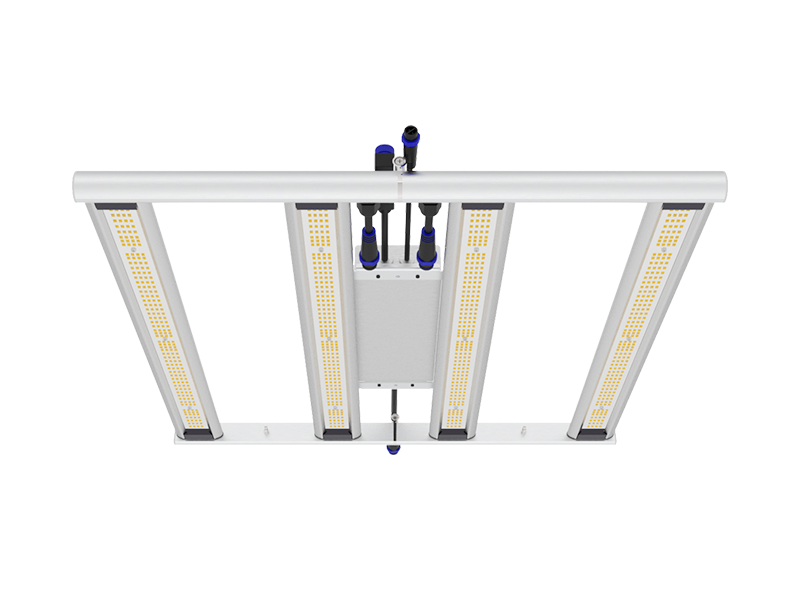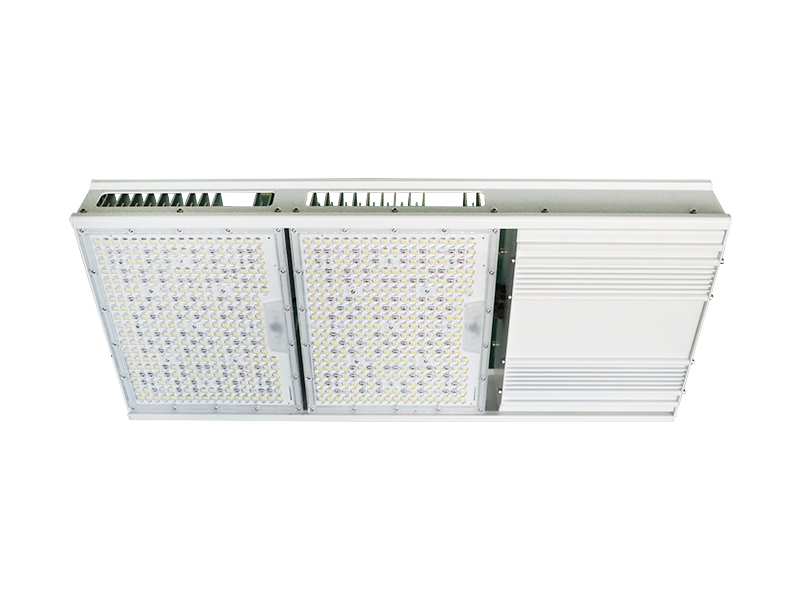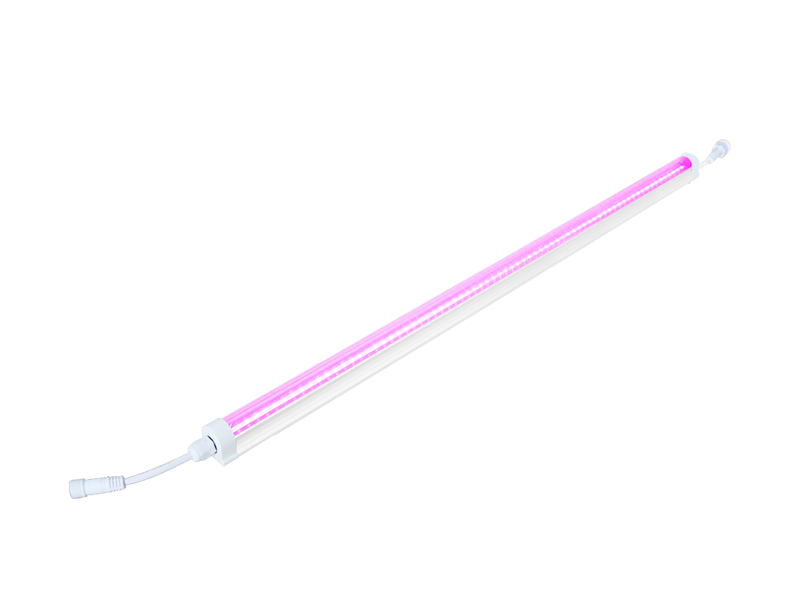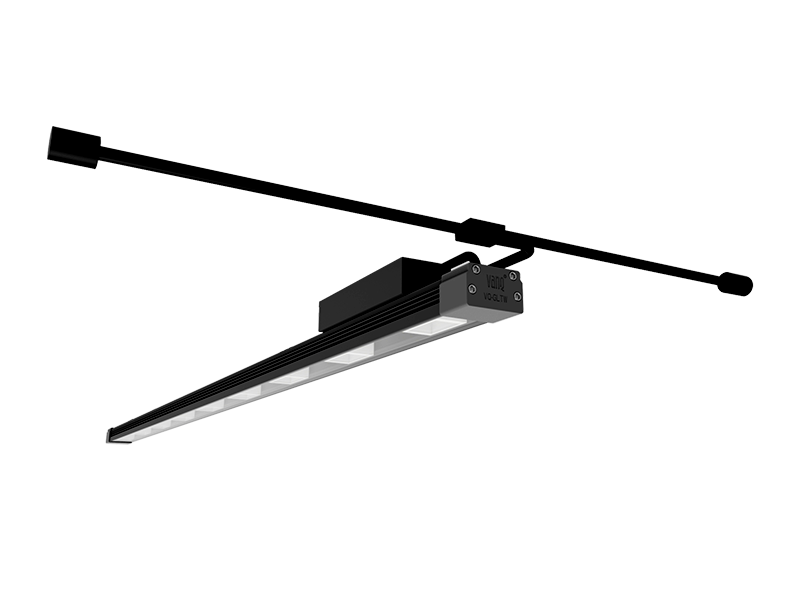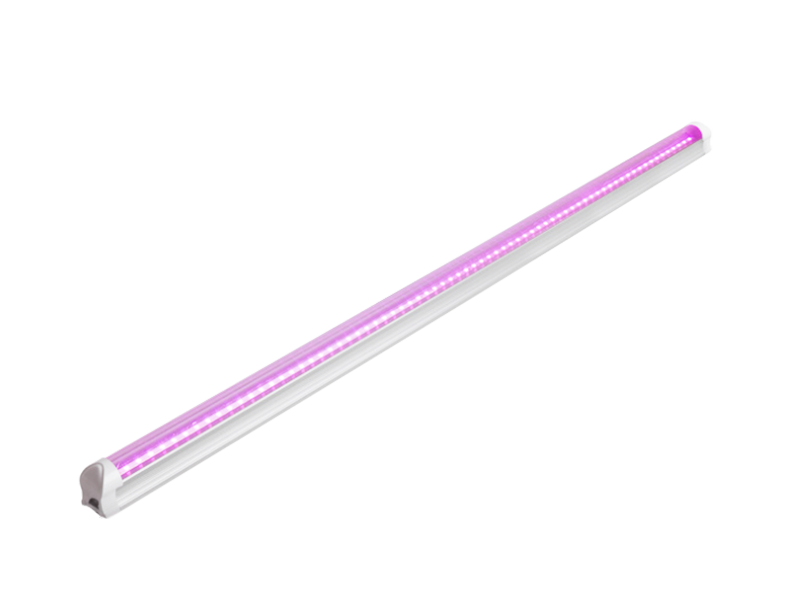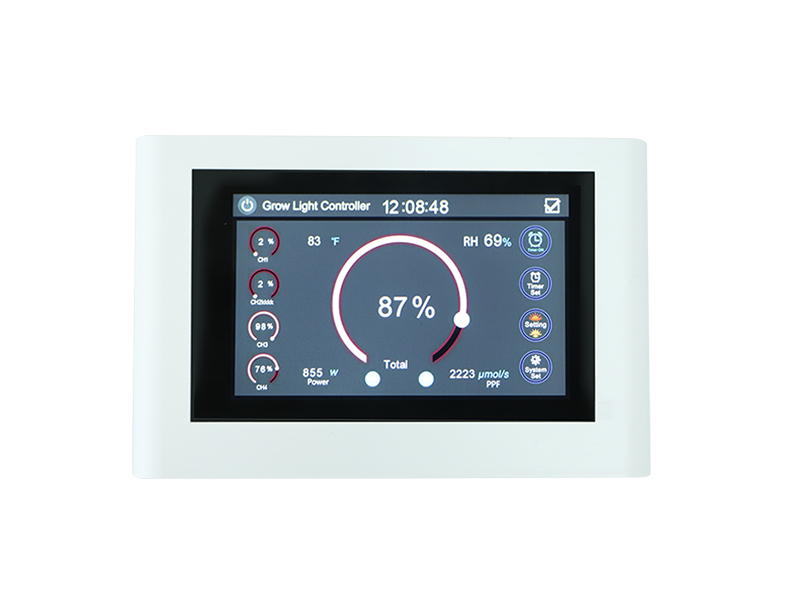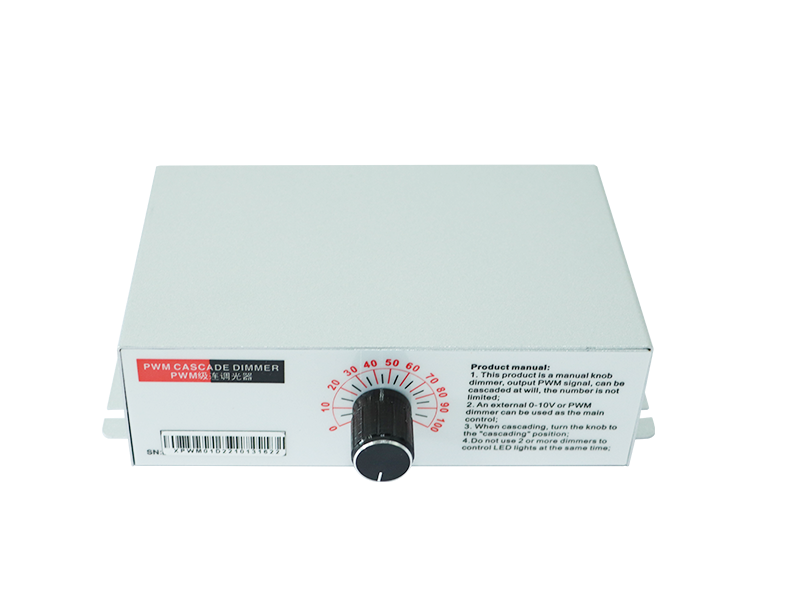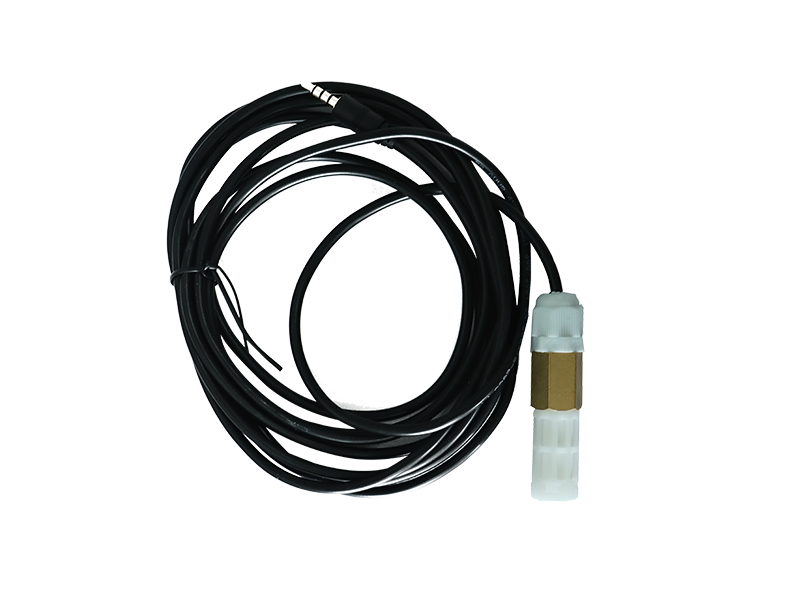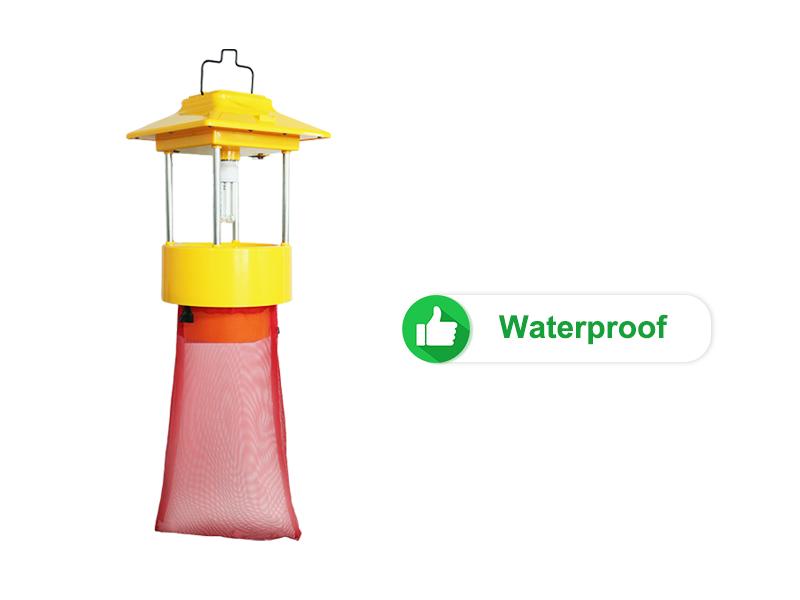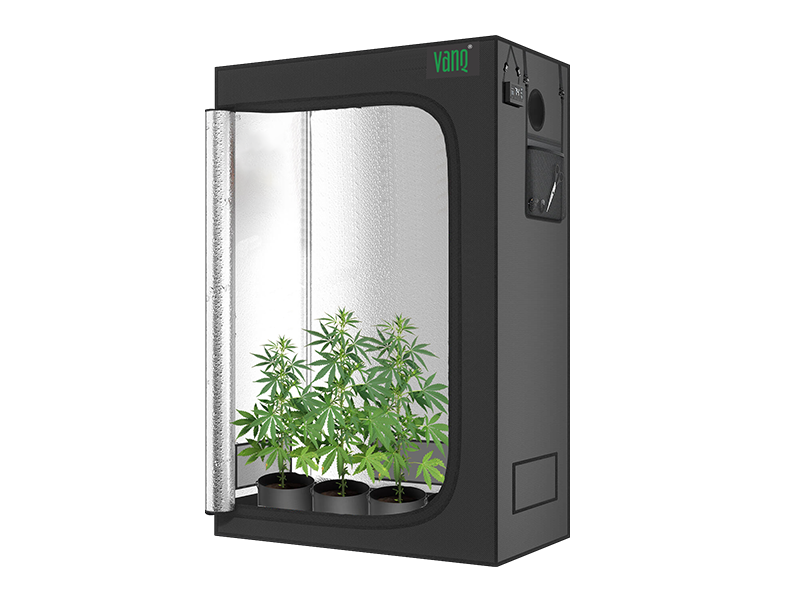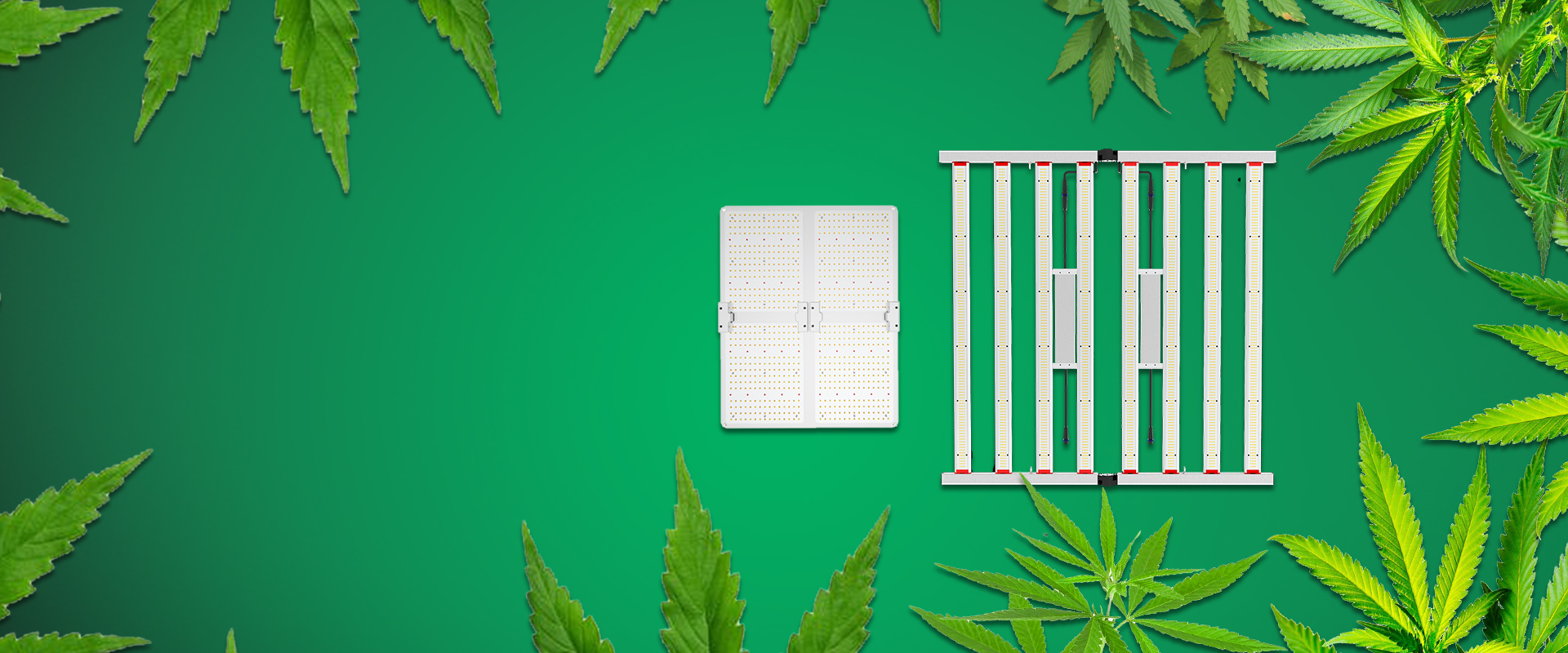Cannabis, a plant with controversial history, has been utilized span thousands of years in multiple cultures. Cannabis is known for its unique chemical composition – primarily THC and CBD. THC has attracted much attention for its psychoactive effects, while CBD has been valued for its potential medical value. Cannabis has been used for medicinal purposes, religious rituals and recreational activities since ancient times, and in more recent times has become a hotly debated topic around the world due to its legal status and social impact. From ancient Egyptian medical books to modern pharmaceutical research, cannabis's influence has been far reaching, and its dual roles as both a medical and recreational use give it a unique and complex place in today's society.
Definition and Classification
Cannabis, whose scientific name is Cannabis, is a plant with a long history, mainly divided into two main varieties: Cannabis sativa and Cannabis indica. The two types of cannabis have significant differences in morphology, growth habits, and chemical composition, which affects their uses and effects.
Cannabis sativa: This variety is generally tall and lanky with slender leaves. It grows primarily in warmer climates, such as Latin America and Southeast Asia. Sativa varieties are typically rich in THC, a psychoactive compound known to produce euphoric. Therefore, Sativa varieties are often used for recreational purposes, as well as to boost mood and increase energy.
Cannabis indica: Indica varieties are shorter, bushier, and have wider leaves. It grows primarily in cooler climate regions such as India and Afghanistan. Indica varieties typically contain a higher proportion of CBD and a lower proportion of THC. CBD is a non-psychoactive ingredient known for its relaxing and analgesic properties. Therefore, Indica varieties are often used to treat anxiety, insomnia, and pain.
In addition, "Hybrids" exist, which are created by cross-breeding Sativa and Indica breeds and are designed to combine the characteristics of both breeds to meet specific therapeutic or recreational needs.
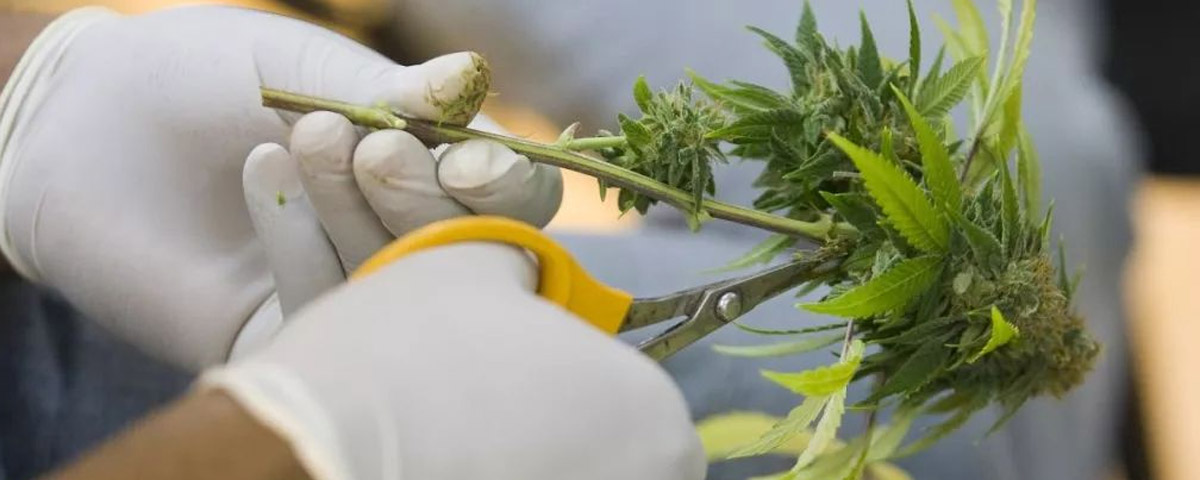
History background
Cannabis use dates back to ancient times and has been used by humans for medical, religious and recreational purposes thousands of years ago. Across cultures, cannabis is used both as a remedy for a variety of ailments and as an important element in religious and spiritual rituals. In the 20th century, especially after the 1960s, cannabis became increasingly popular as a recreational drug around the world.
Medical and recreational use
Cannabis is a versatile plant with unique applications and impacts in both the medical and recreational fields.
Medical Uses: Cannabis is increasingly used in the medical field, especially to relieve the symptoms of certain diseases. CBD in cannabis is widely used to treat a variety of health problems, including chronic pain, inflammation, anxiety, depression, and some forms of epilepsy, due to its non-psychoactive properties. Marijuana has also been used to treat nausea and loss of appetite caused by chemotherapy. In these cases, cannabis is viewed as an adjunctive treatment that can improve the patient's quality of life.
Scientific research: The scientific community continues to research cannabis to better understand its mechanism of action and therapeutic potential. Many clinical trials and studies have focused on exploring how CBD and THC interact with each other and with the body’s endocannabinoid system to produce therapeutic effects.
Recreational Use: Recreationally, marijuana is used primarily for its psychoactive component, THC. THC produces relaxation, euphoria, and sensory-enhancing effects, making it a popular recreational drug. Recreational use of marijuana is legal in some countries and regions, but there are risks of abuse. Especially among minors, excessive use of marijuana can have adverse effects on cognitive development and mental health.
Overall, the medical and recreational uses of cannabis reflect its complexity and versatility as a plant medicine. As laws and social perceptions change, these uses of cannabis are likely to continue to develop and expand, along with further research and understanding of its safety and effectiveness.

As the use of cannabis in medical and recreational applications continues to expand, so does the need for efficient and reliable cultivation techniques. In this field, VANQ, as a pioneer in smart agricultural solutions, is committed to providing growers with practical and efficient planting solutions. Our products include professional cannabis grow lights, plant factory lighting, advanced control systems, and comprehensive plant protection solutions designed to optimize the cannabis growing process and ensure optimal growing conditions and maximum yields for your crops. Click the link below to contact us directly to obtain more information and professional advice on cannabis cultivation technology to help you optimize the cultivation process and achieve higher field.



